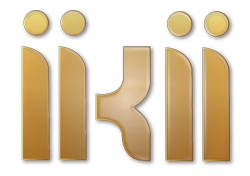Review Article
Introducing K-12 Classical Education: Modern Take on Ancient Curriculum
More Detail
1 Coastal Carolina University, Conway, USA* Corresponding Author
Educational Innovations and Emerging Technologies, 2(2), June 2022, 46-54, https://doi.org/10.35745/eiet2022v02.02.0005
Published: 30 June 2022
OPEN ACCESS 395 Views 703 Downloads
ABSTRACT
There are hundreds of public and private K-12 classical schools operating across the United States, but how these schools interpret the term “classical” is unclear. Researchers in the field of education must begin to investigate this unique approach to schooling for the sake of the children who attend these schools and to discover if, perhaps, something of use might be learned from them to improve outcomes for all children. The purpose of this literature review is to bring K-12 classical education to the attention of scholars and researchers in the hope that an introduction might encourage future study on the topic. The project was designed and implemented according to Cooper’s (1988) literature review classification. It was found that published classical educators and proponent organizations recommend several curricular elements in common, including a focus on the Western canon and use of the trivium of grammar, logic, and rhetoric to understand child development and to determine content and teaching methods across disciplines. New research is needed to determine to what extent the recommendations in the literature are enacted in K-12 classical schools serving real communities.
CITATION (APA)
Richardi, J. L. (2022). Introducing K-12 Classical Education: Modern Take on Ancient Curriculum. Educational Innovations and Emerging Technologies, 2(2), 46-54. https://doi.org/10.35745/eiet2022v02.02.0005


 The articles published in this journal are licensed under the CC-BY Creative Commons Attribution International License.
The articles published in this journal are licensed under the CC-BY Creative Commons Attribution International License.